I was looking at "What is the purpose of using MOSFET instead of free-wheeling diode in Buck topology?" and the referenced PDF which discusses the trade-offs between a traditional asynchronous Buck with the lower Schottky diode, and the more complicated but more efficient MOSFET which replaces it. Then I thought, "If you allow the Schottky diode to remain, but parallel it with a MOSFET, you could use comparators to sort of notice the Schottky conducting and turn the MOSFET on, and then turn it off again when the flowing current has decreased enough. This would improve efficiency, prevent the possibility of shoot-through, and take the synchronous complexity and move it out of the switching chip." Yet I haven't seen it, so perhaps there is some reason why this isn't done.
So if this does work, it would produce yet another possible set of trade-offs which could be considered. Meaning that the Schottky diode wouldn't have to dissipate as much heat, and the efficiency of the circuit would improve, at the cost of additional circuitry? Thanks ahead of time.
=========== EDIT ===========
More recently, I stumbled on something that, to me, makes answers related to this question more important for achieving better efficiency.
In this TI app note about designing an Isolated Buck (Flybuck) Converter, there is a Synchronous Buck with three outputs, as shown:
As you can see, only Vout1 has had its Schottky diode replaced with a MOSFET, and the other two outputs are still sustaining the same Schottky diode efficiency losses as would a standard non-synchrous Buck.
Can those isolated outputs be easily made synchronous? I haven't seen it so far, but even so, I believe that there are significant efficiency gains to be realized by this method, especially with multiple isolated outputs. And the cost of extra MOSFETs should be partially offset by smaller heatsinks, and lowered cooling costs because of less heat generated in the isolated output Schottky diodes.
So, does this method exist, and if so, what is the name of this method, and if not, I will in the future ask how it may be done in a separate question, and link to it here. Thanks ahead of time.
